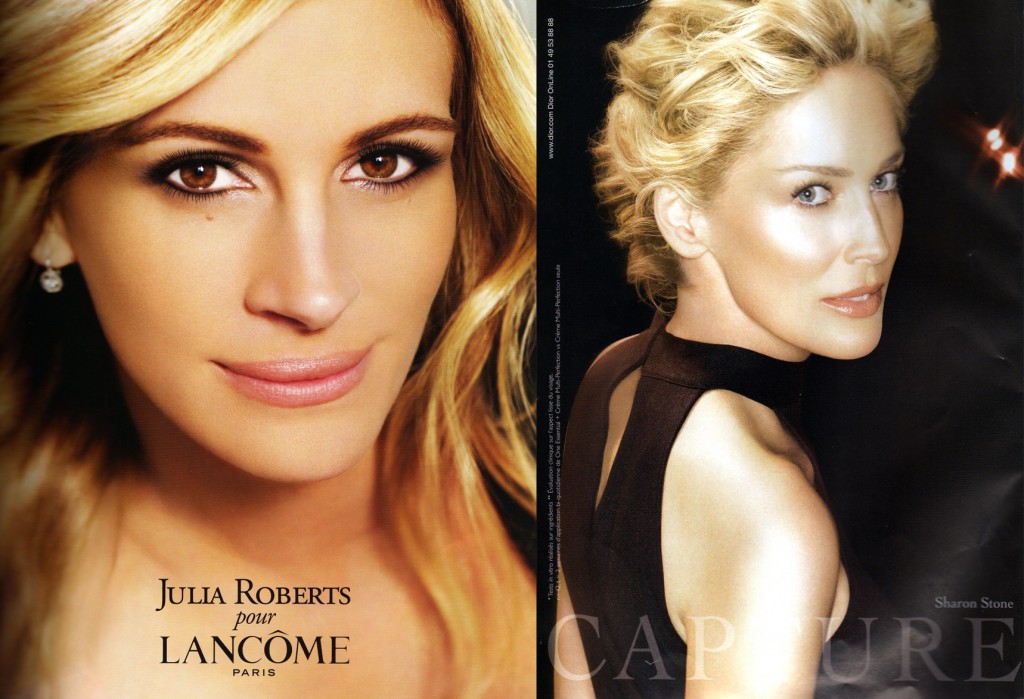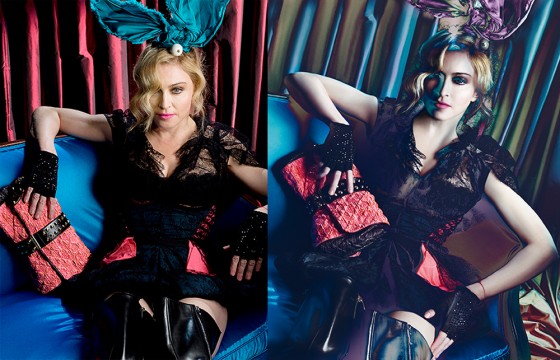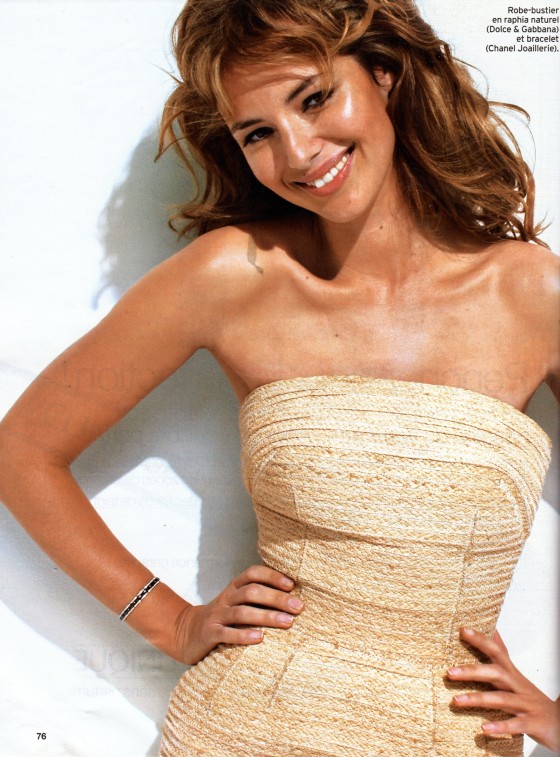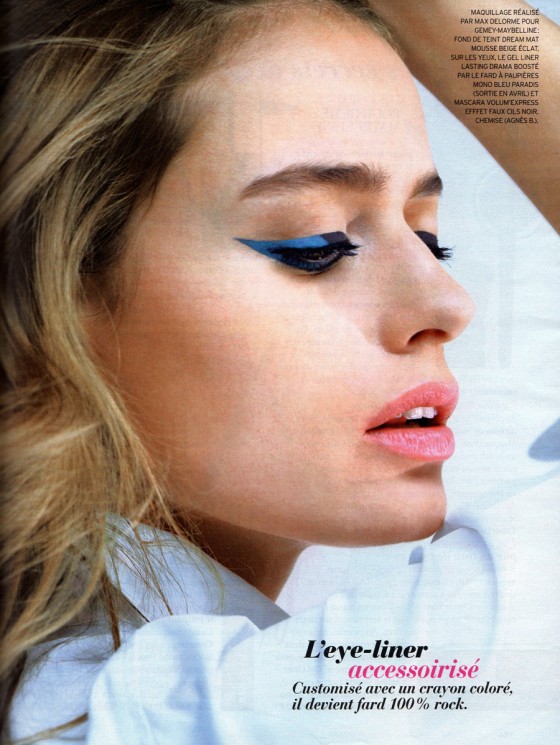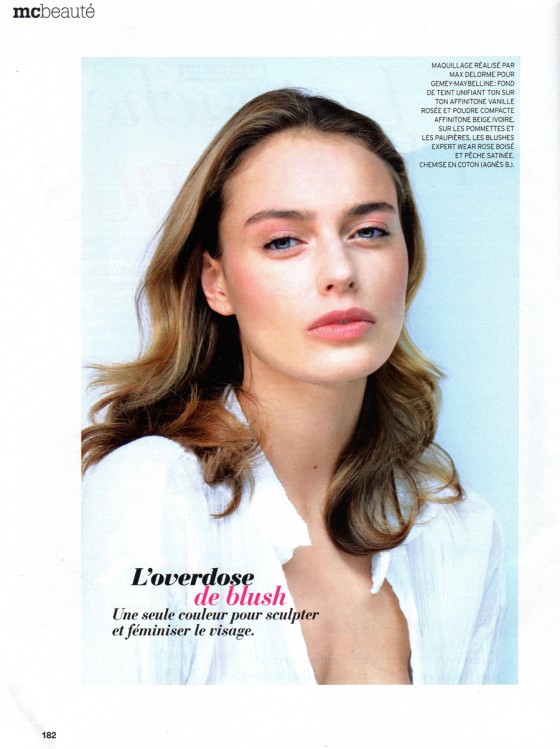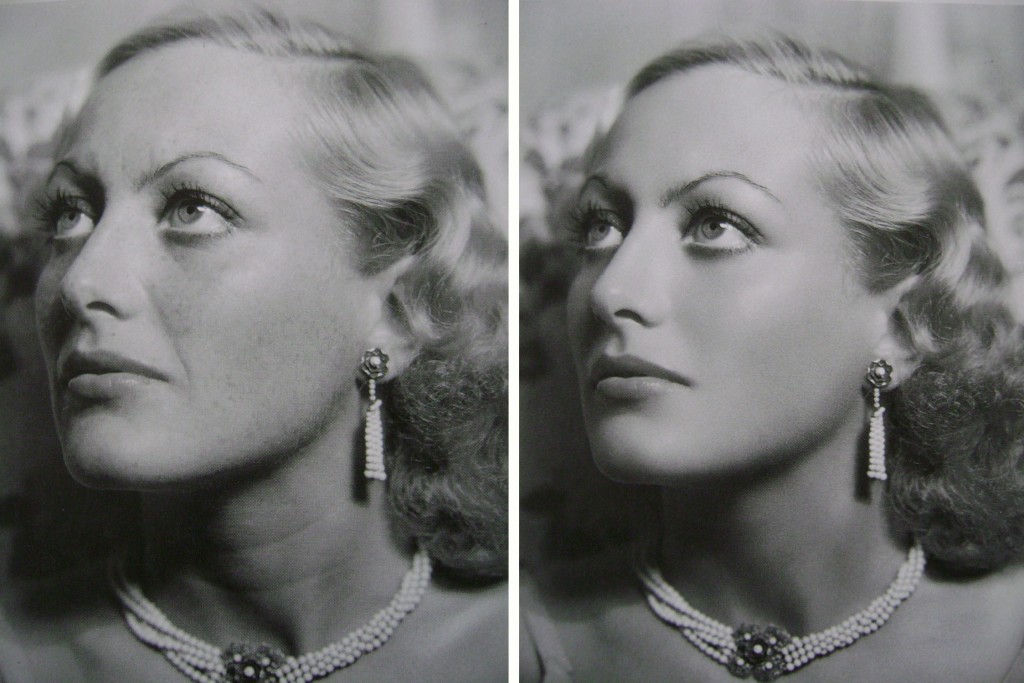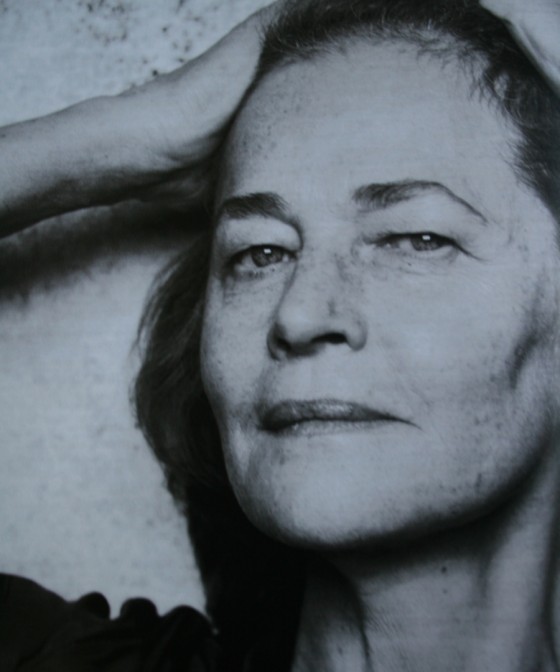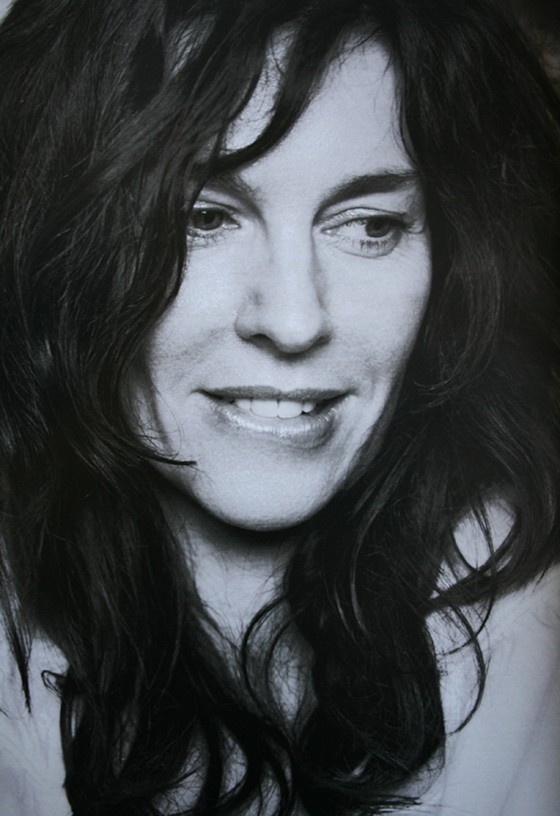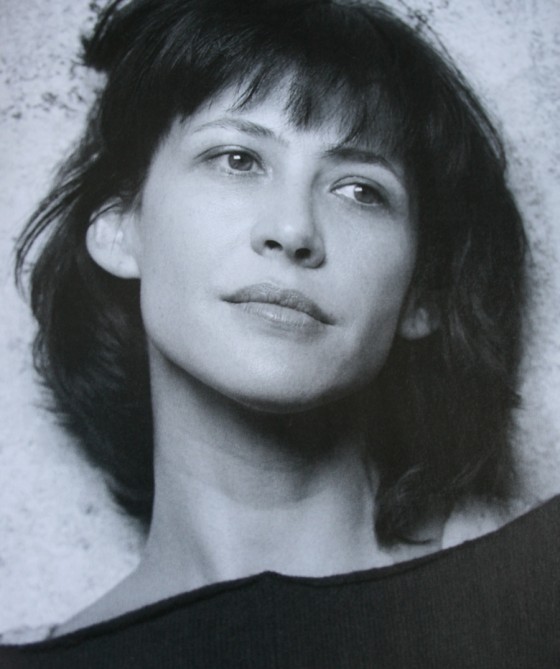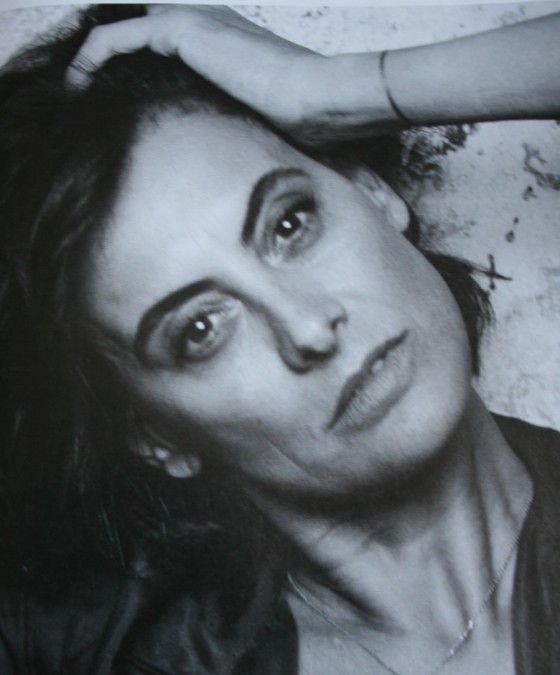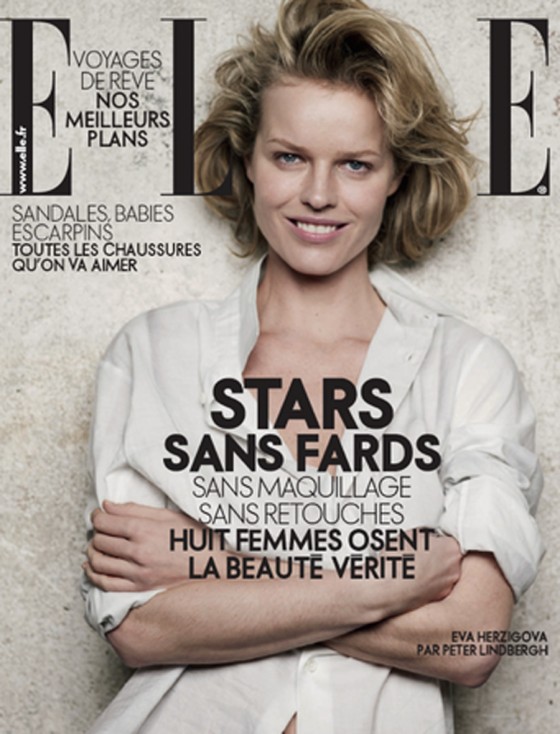Is the April issue of French Marie Claire “throwing stones into the water? ” Their whole issue is without any retouching! Finally the readers will be exposed to the RAW truth without the artificial frills!
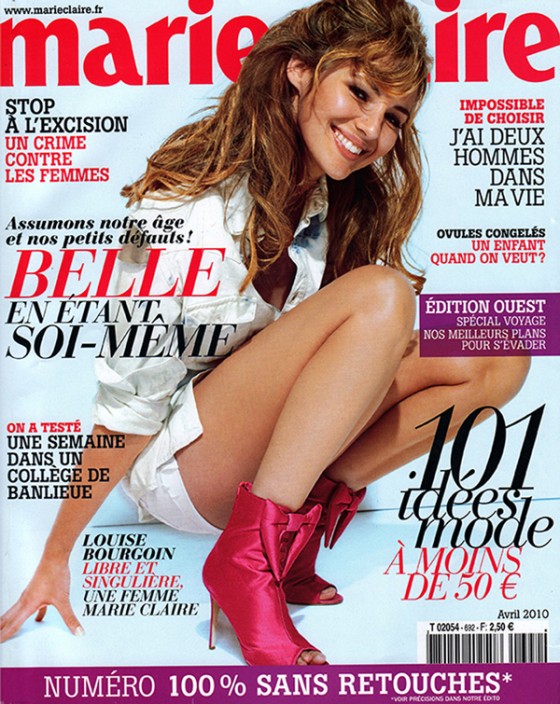
French Marie Claire cover April 2010
Well, almost… We have to pass through the multiplicity of advertising pages that are as expected, heavily retouched before accessing the first editorial photo that has not been tarnished by that Bad Boy on the Block, Mr. Photoshop. I personally really enjoyed the painted portrait of Julia Roberts with absolutely natural eyelashes for Lancôme and the no eyelid-ed Sharon Stone for Dior. You can even see Julia Roberts beauty mark under her eye! Nudge, Nudge, Wink, Wink, say no more, say no more.
Bad digital retouching can be worst enemy of celebrities…
… But it can also improve the overall image and atmosphere.
The recent brouhaha started in France last year with Valérie Boyer, a member of the National Assembly of France from the Bouches-du-Rhône district, has filed a new bill stating, any image that has been retouched or post processed should include the following preamble or text, “This photo has been retouched to alter the physical appearance of a person, “Failure to comply with this provision could result in a fine of €37,500, ($50,000) or as high as 50 percent of the space buying budget of the advertising campaign.
There is something unhealthy in the misrepresentation of body image in our society, said the Marseille’s Congress Woman who wants to “enlighten the consumer.” “It is outrageous,” she says, to believe that one side of the spectrum are the little people with their flaws, cellulite and at the other extreme there are the perfect people. There is an indecency in having us believe we look better at 70 than at 20. I wish to restore and highlight the barrier between the virtual and physical reality.
Turning the pages of the April issue of French Marie Claire I see that the photographers had to use the old techniques before Photoshop existed…
Burning out the skin using overexposure, soft light, adding a half blue filter to whiten the skin, pulled back images, large smiles for celebrities so their nasal labial folds are hidden, pulled back hair with hands stretching the skin and smoothing the wrinkles. Using grainy film and converting the images to black and white to neutralize the skin tones.
This is where I see digital retouching as necessary! Necessary for making banal images more interesting and a little more dreamy. Photography has changed a lot in the manner in which photos are captured. Today photographers have a lot more latitude giving them the opportunity to use more extreme angles, close-up’s and harder light.
To think that retouching is only about reshaping a model or celebrity or erasing the wrinkles and spots is quite naive. Photoshop is necessary for photographers who rely on the digital retouching process to make their images acceptable. Many of them wouldn’t have been published only 15 years ago, when fashion photographers had to know how to light an image, know which type of film should be used to give the most favourable rendition and how it will translate to print.
Photoshop is also a fabulous tool to enhance the artistic possibilities of the photographer and creative director as never before. I don’t think I would be interested in buying copies of Numéro, Vogue, Harper’s Bazaar, V, Pop or W magazine if the images, styling and scenery dramatizations were as banal as what I saw in the Marie Claire un-retouched issue. When I buy Feminine Press magazines, it is certainly not for its literary content, but more so for their Fashion and Beauty stories with their creative visual impact.
Even in the 1930’s photos were heavily retouched using traditional artisan methods, using pencils, paint brushes & spot removers as well as in the dark room with dodge and burn techniques.
No one is fooled and even adolescents know that a 15 year old model in a glossy magazine is retouched to the maximum. Many teen-aged internet users use a light version of Photoshop or other similar programs to retouch their own photos they post on Facebook! Does doing so lead them to anorexia? If so there would be many more cases. Why doesn’t Valérie Boyer also advocate for the censorship of TV programs like Extreme Makeover that shows how quickly and easily one can be “transformed surgically” from the ground up? What about 3D images, films, video games, cartoons or why not the censorship of sculpture-painter Fernando Botero who glorifies women at the other end of the anorexic spectrum?
French Elle Magazine went even further last year with actresses and models who accepted to pose for Peter Lindbergh without retouching and without make up!!
It does not say if the celebrities featured were botox free, hyaluronic acid or plastic surgery free… That might be a great next theme where there is no retouching, make up, injections or plastic surgery and what you look like first thing in the morning. This niche has already been taken by paparazzi and people magazines.
… And all of this makes me wonder if Valérie Boyer is using an un-retouched portrait of herself on her website?

